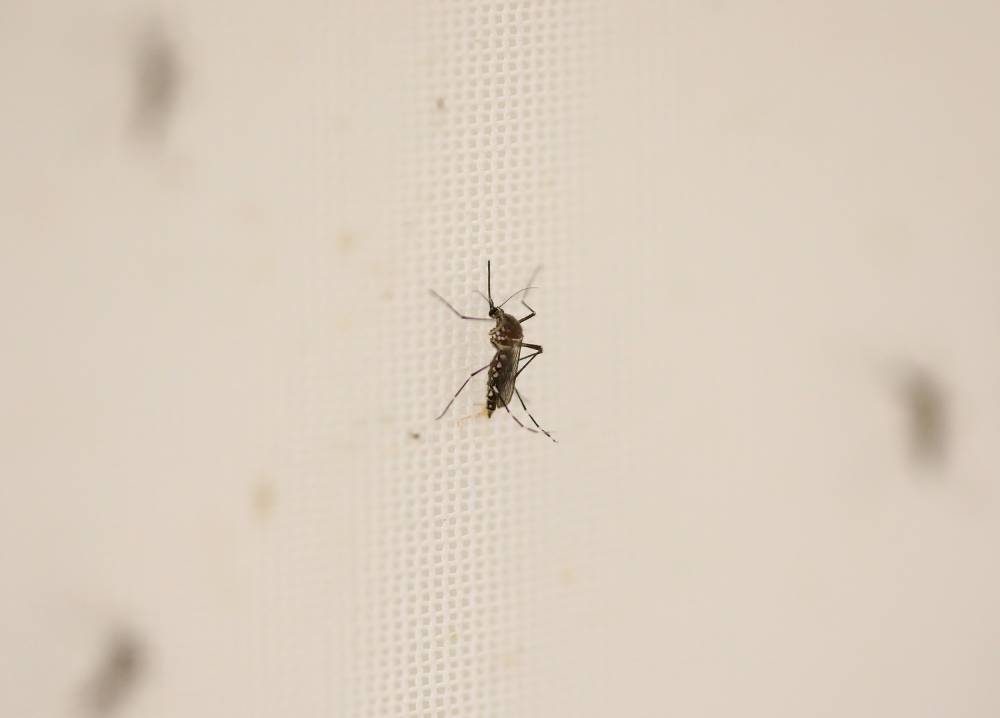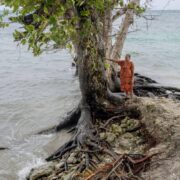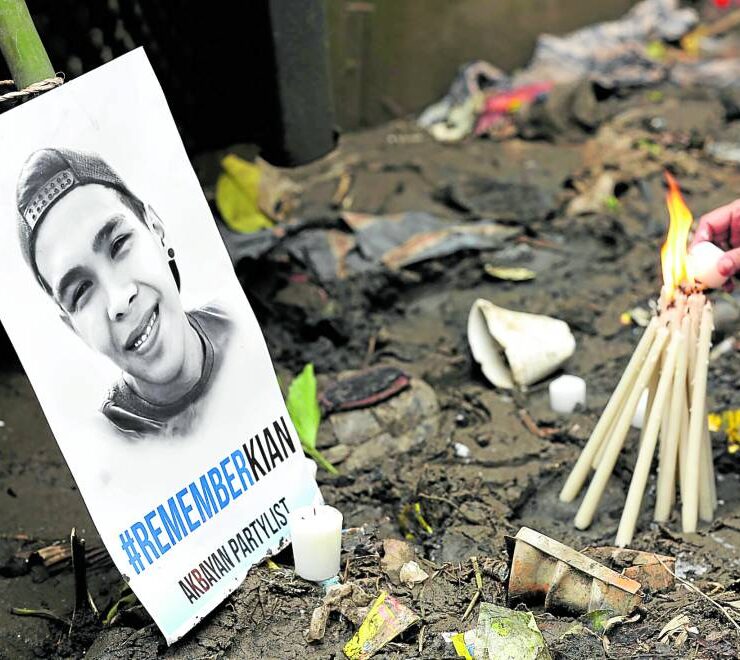State of calamity up in Iloilo, Calbayog amid dengue surge

ILOILO CITY—The surge in cases of dengue in different areas in the Visayas has prompted local legislative boards to place Iloilo province and Calbayog City in Samar under a state of calamity this week.
Iloilo reported 5,836 cases from Jan. 1 to Aug. 17, a stark contrast to the 1,127 cases recorded over the same period in 2023. Ten people also died of dengue in the province in the first eight months this year compared to two fatalities for the entire 2023.
The 418-percent rise in dengue cases prompted the Iloilo provincial board to declare a state of calamity on Aug. 20, in a bid to address the escalating health crisis.Dengue is a viral infection transmitted to humans through the bite of infected mosquitoes, particularly the Aedes aegypti mosquito.
According to World Health Organization (WHO), dengue is found in tropical and subtropical climates worldwide, mostly in urban and semiurban areas. While many dengue infections are asymptomatic or produce only mild illness, the virus can occasionally cause more severe cases and even death, it said.
The infection triggers a severe flu-like illness often followed by a severe drop in an infected person’s platelet count. Among other symptoms are severe headache, pain behind the eyes, full body aches, nausea, vomiting and the presence of rashes, the WHO said.
“The situation has reached a point where we need all hands on deck,” said Dr. Maria Socorro Colmenares-Quiñon, head of the Iloilo Provincial Health Office.
She said that while the emergency fund would address immediate needs, long-term solutions required community participation and sustained public health efforts.
The declaration allows Iloilo province to use P13.6 million in government funds to boost the province’s response to the rise in dengue cases. The budget would be used to buy intravenous fluids for district hospitals, knapsack sprayers, dengue test kits and chemicals for widespread spraying operations across the province.
The Iloilo provincial board also stressed the need for a heightened public awareness campaign, particularly at the barangay level, urging local leaders to lead efforts to educate residents on preventive measures and early detection of the mosquito-borne disease.
Earlier, the legislative councils of Passi City and the municipalities of Miag-ao, Tigbauan and Oton had placed their respective localities under a state of calamity due to the outbreak.
Most patients are students
In Samar, dengue cases in Calbayog, meanwhile, reached 422 from Jan. 1 to Aug. 21, higher than the 83 cases reported over the same period last year, according to the city’s health office. This represented a 508-percent increase in cases.
Dr. Sylvia de Guzman, Calbayog health officer, said 57 of the city’s 187 barangays had recorded dengue cases.
Calbayog Mayor Raymund Uy said that with the declaration on Aug. 21, the city government could tap 30 percent of its quick response fund to procure necessary medicines and equipment.
Uy also announced plans to coordinate with the Department of Education to conduct cleanup drives in schools across Calbayog, given that many of the dengue patients were students.
“We urge all our residents to conduct extensive cleanup drives, not only around their surroundings, but also inside their homes, especially focusing on containers that can serve as breeding grounds for mosquitoes that carry dengue,” he said.
Due to the surge in cases, a portion of the city’s sports complex had been designated as a dengue fever center since most hospitals were struggling to accommodate the growing number of patients.





















